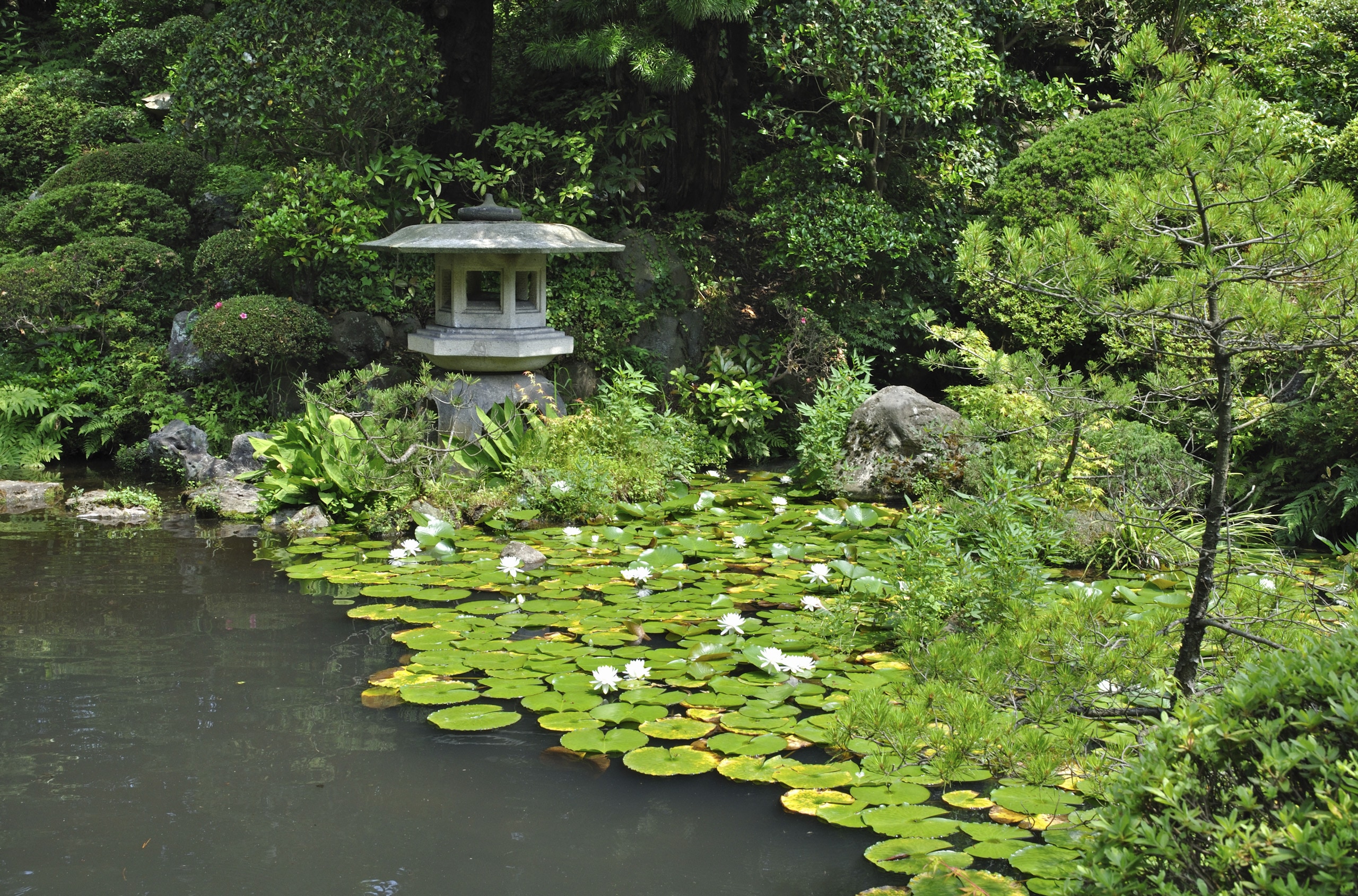
Sakata, Japan
Sakata, Japan
Description
Sakatais a medium-sized city in Yamagata Prefecture. Sakata is located in the fertile Shonai Plain that is known for its high-quality rice. The city grew as an important stop along the coastal shipping route that connected Hokkaido with Osaka via ports along the Sea of Japan and Seto Inland Sea during the Edo Period.
A local merchant family, the Honma clan, came to dominate trade in the city and accrued a vast fortune that made them wealthier than some of the country's feudal lords. Due to their power and influence, the clan developed close ties with the local lords and had a number of lavish buildings built. Some of these buildings still stand today along with museums and other attractions.
Points of Interest
- Go-jyu-No-Toh of Haguro
- Kamo Aquarium
- Yuza Town
- Shonai Movie Studio
- Yamagata prefecture
- Gassan-dam
- Sankyo Rice Storehouses
- Mogami River
More about Sakata, Japan Points of Interest
-
Go-jyu-No-Toh of Haguro -
This five-story pagoda, an architectural marvel and designated national treasure, was originally built between 931 and 937 A.D. Surrounded by towering cedar trees, 2,466 steps lead to this sacred spot.
-
Kamo Aquarium -
Showcasing the world's largest collection of jellyfish, a collection of fresh and saltwater fish tanks, and an outdoor seal show, this modern facility overlooks the Sea of Japan.
-
Yuza Town -
Nature abounds in beautiful Yuza Town, famed for towering Mt. Chokai at 7,335 feet, created by lava. Designated a Japanese Geopark, at its base is a pond filled with emerald-green spring water.
-
Shonai Movie Studio -
This vast movie studio features a working set that includes a fishing village, an Edo-period town, and a reconstructed mountain settlement. Tour the grounds and watch performances of sword fighting, archery and taiko drumming.
-
Yamagata prefecture -
Described as "hidden" Japan for its remote, tranquil locale, Yamagata is known for rural beauty, bountiful cherry trees, natural hot springs, ancient temples, mountain vistas and unique local dialects.
-
Gassan-dam -
The cascading waters of this 400-foot-high (123-meter) dam plunge into the sparkling, man-made Asahi Gassan Lake. A dam observatory deck can be found lakeside for stunning views.
-
Sankyo Rice Storehouses -
Twelve storehouses built in 1893, originally used for storing rice, have been renovated to include a cultural museum, shops and a restaurant. A line of zelkova trees provides shade and a symbol of prosperity.
-
Mogami River -
A tranquil float down what the locals refer to as the "mother river"-running from north to south through the entire prefecture-takes in the beautiful banks of the Mogami Valley and ever-changing scenery.